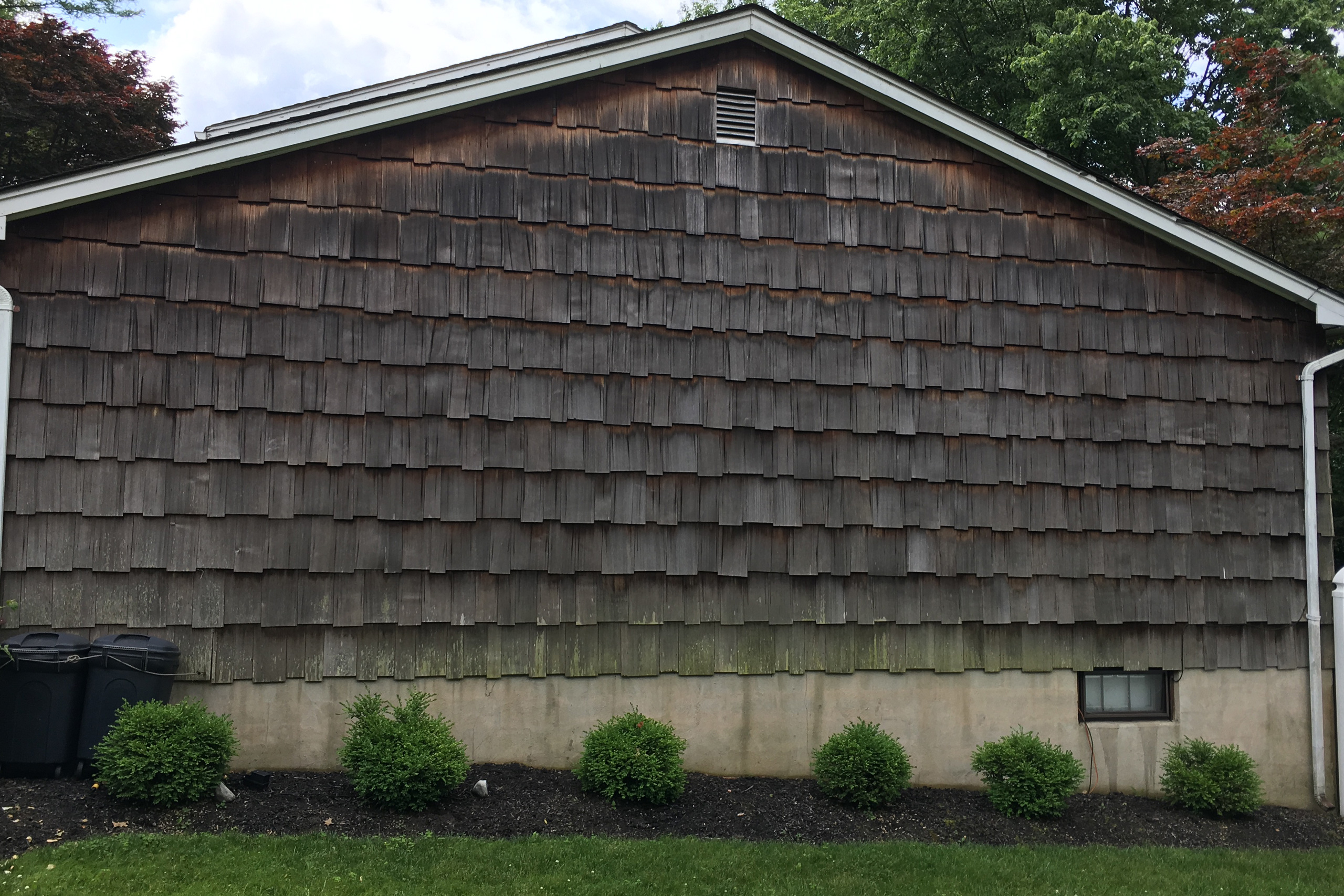
Older and historic homes have charm, character, and… fragility. Whether it’s a 1920s craftsman bungalow or a Victorian stunner from the 1800s, the materials and craftsmanship aren’t always built for today’s high-powered tools. So, the burning question: Is pressure washing safe for older or historic homes?
✅ The short answer: It can be, but only with extreme care.
Pressure washing can damage delicate siding, mortar, paint, and wood trim if not done properly. But if you know what to look out for and use the right method—like soft washing—you can clean an older home without compromising its integrity. Let’s explore the do’s, don’ts, and best practices. 🧠🧽
🧱 What Makes Historic Homes More Vulnerable?
Historic homes tend to feature older materials and construction techniques that are less durable than modern alternatives. Common issues include:
- Brittle or crumbling mortar
- Aged wood siding with cracks or rot
- Lead-based or flaking paint
- Thin glass in original windows
- Decorative moldings or features that can break easily
High pressure can force water behind siding, widen cracks, or erode mortar—causing more harm than good. That’s why using the right cleaning approach is essential. 🚫💥
🧼 What Is Soft Washing?
Soft washing is the preferred method for older homes. It combines:
- Low pressure (under 1,000 PSI)
- Wide spray angles (40° or more)
- Specialized cleaning agents that break down dirt, algae, mildew, and stains
Soft washing cleans surfaces without the brute force of traditional pressure washing—perfect for preserving antique exteriors. 🧽🌿
Browse Amazon Here For Soft Washing Equipment And Accessories
🏡 Common Surfaces and How to Clean Them
Let’s break down how to handle the most common materials on older or historic homes:
🪵 Wood Siding (Cedar, Pine, Clapboard)
Wood is porous and easily damaged. Over time, it dries out, cracks, and becomes more fragile. If you pressure wash it:
- Use a PSI under 800
- Keep the spray tip at least 12–18 inches away
- Always spray with the grain, not against it
- Avoid blasting into cracks or gaps in the siding
🧠 Tip: Test a small area first to check how the wood reacts to moisture.
🧱 Brick or Stone with Old Mortar
If your historic home has original masonry, it may feature lime-based mortar, which is far softer than modern cement-based mortar.
- Use a 15°–25° nozzle and no more than 1,500 PSI
- Spray at a 45° angle to avoid dislodging mortar
- Avoid pressure washing bricks with visible cracks, chips, or crumbling joints
🧽 Soft washing with a masonry-safe cleaner is safer and often more effective.
🎨 Painted Surfaces
If your paint is peeling or cracking—especially if it’s lead-based (common before 1978)—don’t pressure wash it.
- High pressure can dislodge dangerous lead particles into the air
- Peeling paint can be further stripped or forced into wood grain
In this case, manual scraping and repainting is a better bet. If the paint is intact and healthy, you can use low pressure (under 1,200 PSI) to rinse away dirt and dust.
⚠️ Always test for lead paint before beginning any cleaning or renovation project.
⚡ Decorative Trim & Delicate Features
Historic homes often have ornate woodwork, gables, columns, and trim that can be easily damaged.
- Avoid spraying directly at detailed trim
- Clean these areas manually with soft brushes and a garden hose
- Or use a handheld low-pressure attachment for better control
💡 Less is more here—take your time and avoid rushing.
🧽 Prep & Safety Tips
- Inspect the home for loose materials, rot, or gaps before cleaning
- Cover nearby landscaping and fragile areas
- Use eco-friendly, non-corrosive detergents
- Never use bleach—it can damage older surfaces and kill surrounding plants
- Rinse thoroughly to avoid leaving detergent residue behind
📸 Bonus tip: Take photos before and after to track results and catch any issues early.
🧑🔧 When to Hire a Pro
If your home is:
- On the historic registry
- Made of plaster, stucco, or specialty materials
- Features lead paint, wood rot, or structural issues
…then call in a professional with experience in historic preservation. They’ll know the right pressure settings, equipment, and techniques to get the job done safely.
A botched cleaning job can cost thousands in repairs—or worse, permanently damage irreplaceable materials.
🧠 Final Thoughts
Pressure washing an older or historic home isn’t a one-size-fits-all situation. With the right pressure, proper technique, and a gentle touch, you can clean your home safely and beautifully—but caution is key. ⚠️🏡
To recap:
- ✅ Use soft washing instead of high-pressure blasting
- 🪵 Be gentle on wood and old paint
- 🧱 Avoid damaging antique mortar and brick
- 🧽 Manually clean delicate trim and details
- 🧠 When in doubt, consult a pro
Your historic home deserves the same care it’s shown through the decades. A thoughtful cleaning approach helps it shine—without losing what makes it special. 🕰️✨
Browse Amazon Here For Soft Washing Equipment And Accessories






